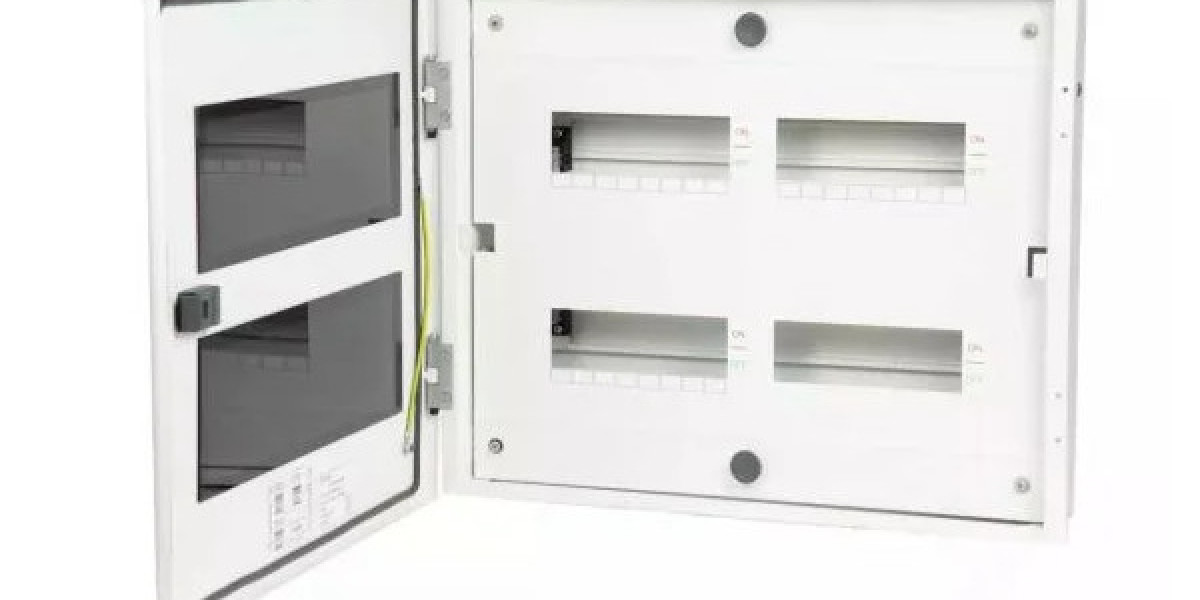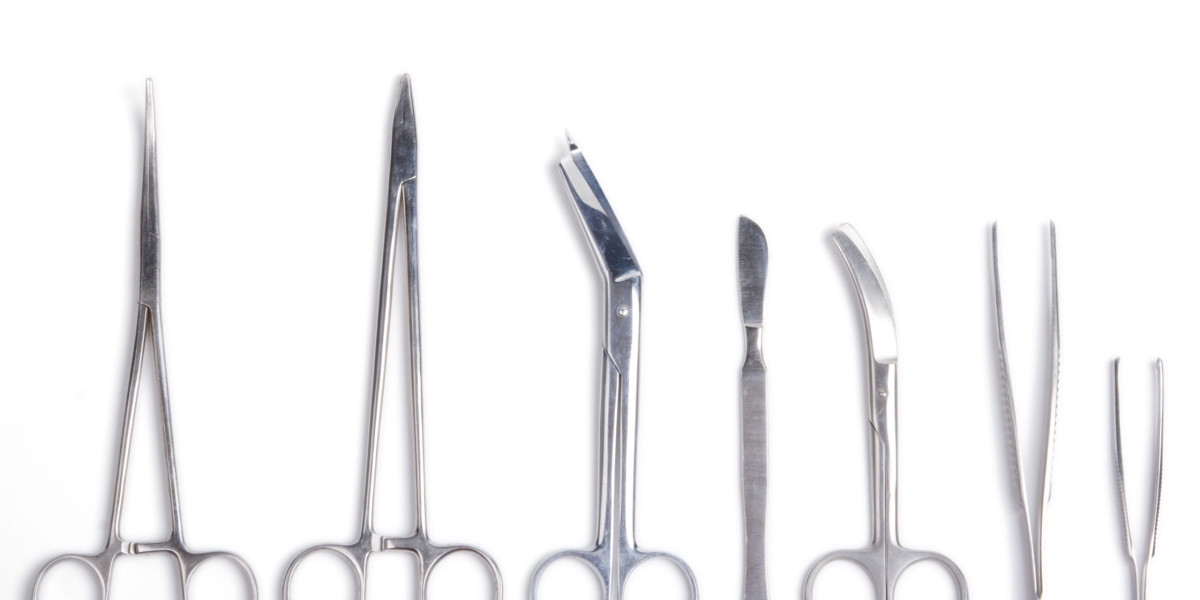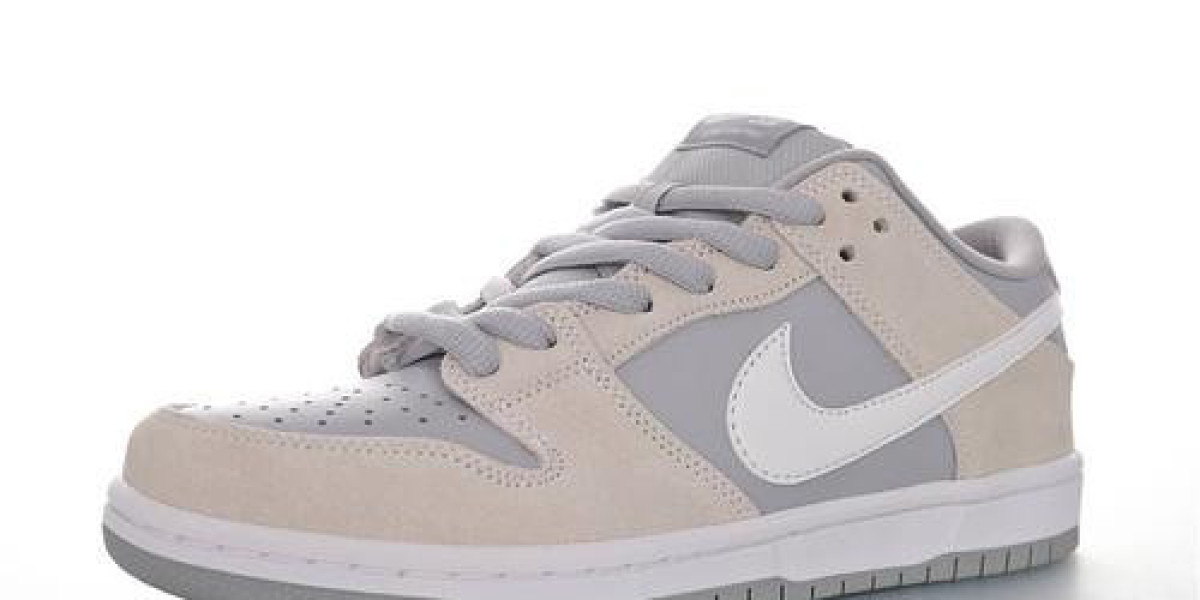Molded Case Circuit Breakers (MCCBs) are essential components in electrical distribution systems, providing protection against overloads and short circuits. They are designed to safeguard electrical circuits and equipment by interrupting the flow of current when necessary. When it comes to purchasing MCCBs, understanding the price range and factors affecting the cost is crucial for making informed decisions. In this comprehensive guide, we will delve into the MCCB price list, factors influencing the prices, and considerations for buyers.
MCCB Price List
MCCBs come in various sizes, types, and specifications, leading to a wide range of prices. The price of an MCCB can vary significantly based on factors such as the brand, current rating, breaking capacity, number of poles, and additional features. Here is a general overview of the MCCB price list based on common specifications:
- Low Current MCCBs:
- MCCBs with a low current rating, such as 10A to 100A, are often used for residential and small commercial applications.
- Prices for low current MCCBs typically range from $20 to $200, depending on the brand and features.
- Examples of low current MCCBs include Siemens 3VT MCCBs and Schneider Electric Compact NSX MCCBs.
- Medium Current MCCBs:
- MCCBs with medium current ratings, such as 100A to 800A, are commonly used in industrial and commercial settings.
- Prices for medium current MCCBs can range from $200 to $1000 or more, depending on the brand, breaking capacity, and number of poles.
- Examples of medium current MCCBs include ABB Tmax MCCBs and Eaton Cutler-Hammer Series G MCCBs.
- High Current MCCBs:
- MCCBs with high current ratings, such as 800A to 2500A or higher, are utilized in heavy-duty industrial applications.
- Prices for high current MCCBs can vary significantly, ranging from $1000 to several thousand dollars.
- Factors such as brand reputation, breaking capacity, and special features can influence the price.
- Examples of high current MCCBs include Mitsubishi NF MCCBs and Fuji Electric BW MCCBs.
Factors Influencing MCCB Price
Several factors contribute to the pricing of MCCBs, and understanding these factors can help buyers make informed decisions:
- Brand Reputation:
- Established and reputable brands in the electrical industry often command higher prices for their MCCBs.
- Brands known for quality, reliability, and innovation may have a premium attached to their products.
- Buyers may choose to pay more for MCCBs from trusted brands to ensure performance and longevity.
- Current Rating:
- The current rating of an MCCB, measured in amperes (A), significantly impacts its price.
- MCCBs with higher current ratings typically cost more due to their increased capacity and capabilities.
- Buyers should assess their specific electrical needs and select an MCCB with an appropriate current rating.
- Breaking Capacity:
- The breaking capacity, also known as the interrupting rating, indicates the maximum fault current an MCCB can safely interrupt.
- MCCBs with higher breaking capacities are designed to handle larger fault currents and may be priced higher.
- It is essential to choose an MCCB with a breaking capacity suitable for the electrical system's requirements.
- Number of Poles:
- The number of poles in an MCCB refers to the number of conductors connected to the device.
- Common configurations include single-pole, two-pole, three-pole, and four-pole MCCBs.
- MCCBs with more poles typically cost more due to their increased complexity and capabilities.
- Special Features:
- Some MCCBs come with additional features and functionalities that can affect their price.
- Examples include adjustable trip settings, built-in communication modules, ground fault protection, and motor protection.
- Buyers should consider whether these extra features are necessary for their specific applications.
Considerations for Buyers
When shopping for MCCBs, buyers should consider the following factors to ensure they select the right product at the best price:
- Electrical System Requirements:
- Assess the electrical system's voltage, current levels, and fault currents to determine the appropriate MCCB specifications.
- Consult with an electrical engineer or expert to ensure the MCCB meets the system's protection needs.
- Budget Constraints:
- Set a budget based on the required specifications and features of the MCCB.
- Compare prices from different brands and suppliers to find competitive offers within the budget range.
- Quality and Reliability:
- Prioritize MCCBs from reputable brands with a track record of quality and reliability.
- Consider long-term performance and the potential cost savings of investing in a durable MCCB.
- Future Expansion and Upgrades:
- Anticipate future changes in the electrical system and select an MCCB with room for expansion or upgrades.
- Ensure the MCCB's specifications align with potential future requirements to avoid costly replacements.
- Warranty and Support:
- Check the warranty period and terms offered by the manufacturer or supplier.
- Verify the availability of technical support, spare parts, and servicing for the chosen MCCB.
Conclusion
MCCBs play a vital role in electrical systems by providing protection against overloads and short circuits. Understanding the MCCB price list, factors influencing prices, and considerations for buyers is essential for making informed purchasing decisions. By assessing the current rating, breaking capacity, number of poles, brand reputation, and special features, buyers can select the right MCCB at the best price for their specific applications. Whether for residential, commercial, or industrial use, investing in a quality MCCB ensures the safety, reliability, and efficiency of the electrical system.



